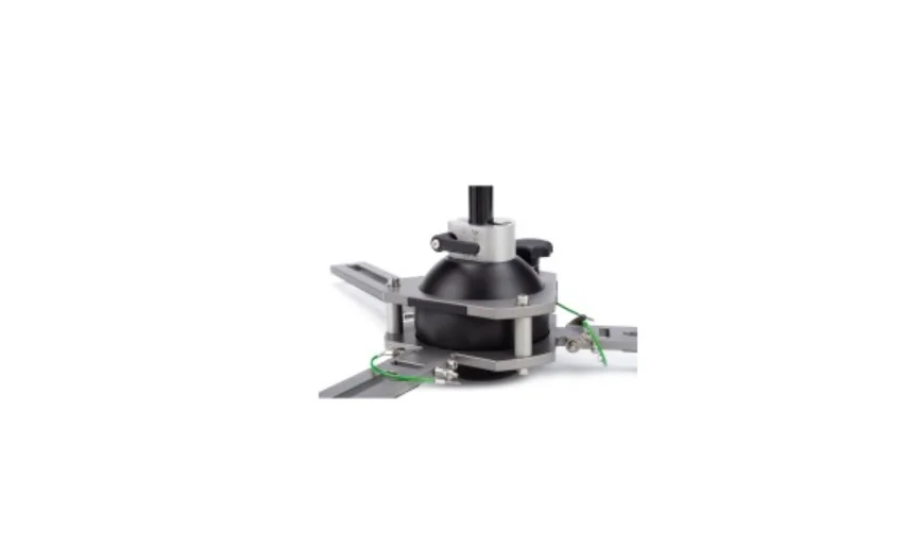Introduction
If you’ve come across the term DEKRA VT1000 pitting images and want to know what they’re all about, you’ve landed in the right place. Whether you manage a fleet, work in the automotive industry, or are simply curious about vehicle inspection technology, understanding pitting images is crucial for vehicle safety. Though this may seem complex at first, we’re here to simplify things for you.
In this article, we’ll break down everything you need to know about the DEKRA VT1000, the significance of pitting images, and how this advanced tool is changing vehicle safety inspections. By the end, you’ll have a thorough understanding of how the DEKRA VT1000 pitting images works and its critical role in identifying wear and tear on essential vehicle components.
What is the DEKRA VT1000?
The DEKRA VT1000 pitting images is an innovative vehicle inspection tool designed to assess various critical components of a vehicle, such as tires and brakes. Developed by DEKRA, a global leader in safety testing, this technology provides professionals with the ability to detect signs of wear that could impact a vehicle’s safety and performance.
One of its standout features is the ability to capture high-resolution images that reveal pitting, a form of damage that often appears as small holes or surface irregularities on vehicle parts. Pitting commonly affects brake discs and tires, which are essential for maintaining vehicle safety.
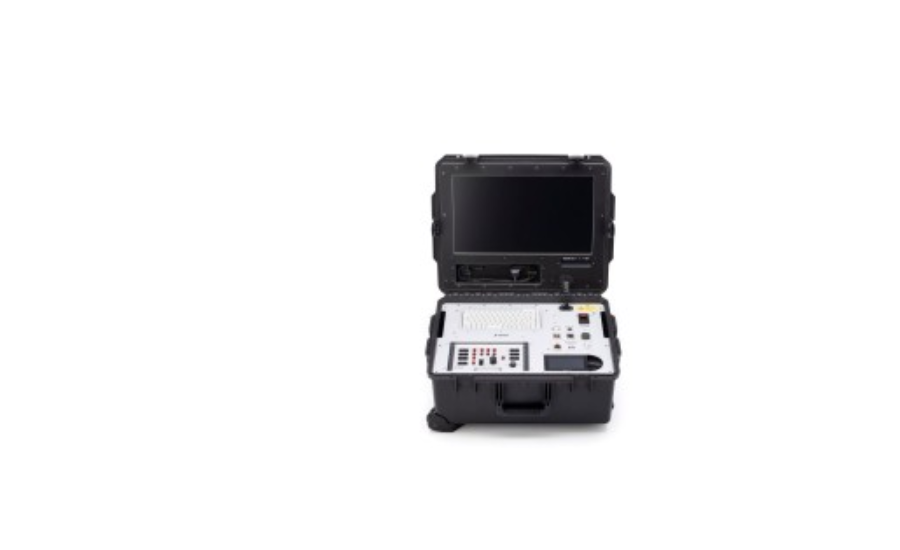
The Importance of Pitting Images
DEKRA VT1000 pitting images captured by the DEKRA VT1000 pitting images play a vital role in vehicle inspections. These detailed images provide insight into early-stage wear that may not be visible during standard visual inspections. For instance, small pits on a brake disc or tire can have serious implications for vehicle safety, as they compromise stopping power or increase the likelihood of tire blowouts.
By identifying these issues early, mechanics, fleet managers, and drivers can make timely decisions to repair or replace parts, ultimately ensuring that vehicles remain safe and roadworthy.
How Does the DEKRA VT1000 Capture Pitting Images?
The DEKRA VT1000 pitting images utilizes cutting-edge technology, including high-resolution cameras and sophisticated sensors, to capture images of vehicle components. This tool goes beyond what the human eye can detect, scanning for even the smallest pits, cracks, or surface imperfections.
Here’s a breakdown of how the process works:
- Scanning: The VT1000 thoroughly scans components such as tires, brake discs, and other critical parts.
- Image Capture: It captures high-quality images that reveal signs of pitting or wear.
- Advanced Analysis: Using specialized software, the tool analyzes the images and identifies any issues that need immediate attention.
- Reporting: A detailed report is generated, providing technicians and managers with a clear overview of the vehicle’s condition.
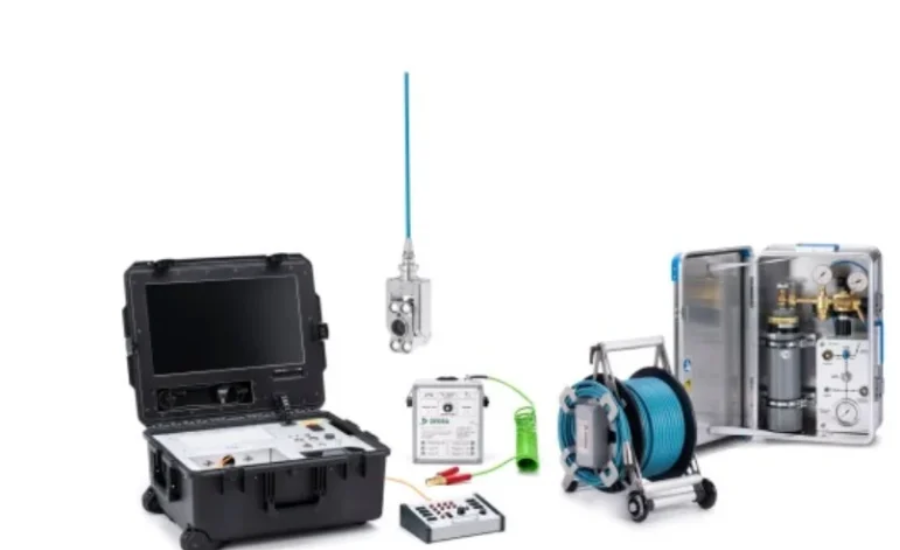
Why Early Detection of Pitting Matters
Early detection of pitting in vehicle components is crucial for maintaining safety, performance, and cost-efficiency. Here’s an expanded explanation of why catching pitting early is so important:
1. Prevention of Safety Hazards
Pitting can serve as an early warning sign of more serious issues. If not addressed promptly, it can lead to severe safety risks, particularly in critical vehicle components like brakes and tires.
- Brake Failure: Pitting on brake discs can compromise the braking system’s effectiveness. As the pits deepen, they can cause uneven contact between the brake pads and the disc, leading to reduced stopping power, increased braking distances, and potentially catastrophic brake failure.
- Tire Blowouts: Pitting on tires, often caused by debris or wear, can lead to structural weaknesses. These weak spots can cause tires to blow out, particularly at high speeds or under heavy loads, resulting in dangerous driving conditions and potential accidents.
2. Reduction of Long-Term Costs
Addressing pitting early can significantly reduce repair and replacement costs over time. When pitting is detected early, the necessary repairs are generally less extensive and costly compared to addressing damage that has worsened.
- Lower Repair Costs: Small pits or signs of wear can often be repaired or managed before they lead to more severe damage. For example, resurfacing a brake disc or patching a tire can be much less expensive than replacing these components entirely.
- Avoidance of Major Repairs: By catching pitting early, you can avoid the need for major repairs or replacements that would be necessary if the issue were allowed to progress. This can include complete brake system overhauls or tire replacements, which are significantly more expensive.
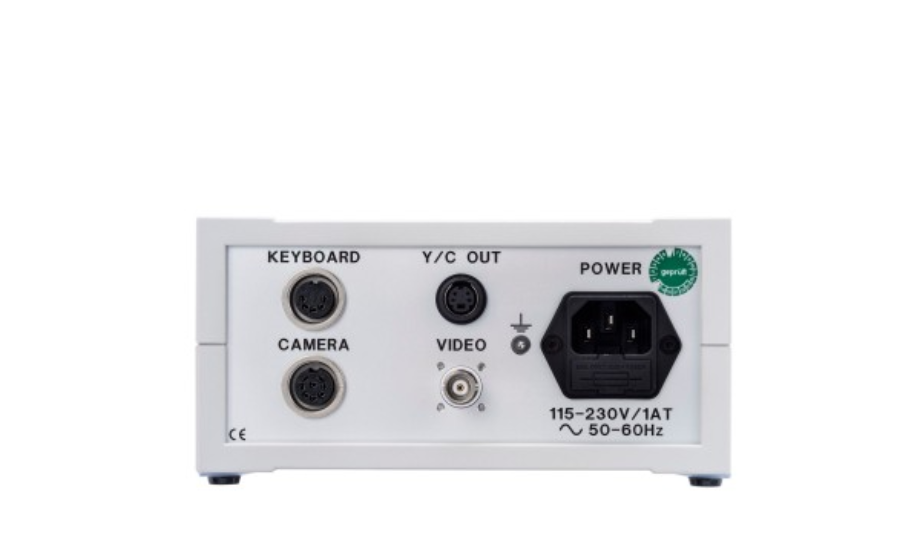
3. Enhanced Vehicle Longevity
Proactive maintenance and early detection contribute to the overall longevity of your vehicle. Components that are regularly inspected and maintained tend to last longer and perform better throughout their lifespan.
- Extended Component Life: Early intervention for pitting helps ensure that vehicle parts remain in good working condition for a longer period. For instance, addressing pitting on brake discs can prevent further degradation, extending the life of the brakes.
- Overall Vehicle Health: By keeping all critical components, including brakes and tires, in optimal condition, you contribute to the overall health and performance of the vehicle, preventing a cascade of issues that could affect other systems.
4. Improved Operational Efficiency
For commercial fleets and businesses, the efficiency of vehicle operations is critical. Early detection of pitting helps maintain operational efficiency by reducing downtime and ensuring that vehicles are always in safe working condition.
- Minimized Downtime: Regular early detection and maintenance prevent unscheduled breakdowns and repairs. This means vehicles spend less time off the road, which is particularly important for businesses that rely on their fleet for daily operations.
- Consistent Performance: Vehicles with well-maintained components operate more reliably, ensuring consistent performance and reducing the likelihood of unexpected failures that could disrupt operations.
5. Compliance with Safety Regulations
Many industries are subject to strict safety regulations that require regular inspections and maintenance of vehicles. Early detection of pitting ensures compliance with these regulations, helping avoid penalties and ensuring that vehicles meet safety standards.
- Regulatory Compliance: Regular inspections using advanced tools like the DEKRA VT1000 ensure that your vehicles meet industry safety standards. Early detection of pitting helps demonstrate due diligence in maintaining vehicle safety.
- Avoidance of Fines: Non-compliance with safety regulations can result in fines and legal repercussions. Proactive maintenance helps avoid these issues by ensuring that all vehicle components are in proper working order.
Benefits of Using DEKRA VT1000 pitting images for Pitting Detection
There are several advantages to incorporating the DEKRA VT1000 into your vehicle inspection routine:
1. Enhanced Safety
By detecting pitting early, the DEKRA VT1000 helps maintain optimal vehicle performance, reducing the likelihood of accidents caused by brake or tire failures.
2. Cost-Effective Maintenance
Early identification of pitting allows for minor repairs before more extensive and costly damage occurs. This can significantly lower maintenance expenses for commercial fleets.
3. Time Efficiency
With the VT1000’s ability to perform quick, thorough inspections, vehicles spend less time in maintenance and more time on the road.
4. Compliance with Regulations
Industries that rely on large fleets are often subject to strict safety regulations. The DEKRA VT1000 helps businesses meet these regulatory standards by providing detailed reports that confirm a vehicle’s fitness for the road.
Interpreting Pitting Images: What to Look For
When viewing DEKRA VT1000 pitting images , you’re likely to notice small, crater-like depressions on components such as brake discs or tires. These pits, although they might look harmless at first glance, can worsen over time and affect the overall performance of the vehicle. For instance, pitting on brake discs can result in uneven braking, while pitting on tires can lead to dangerous blowouts at high speeds.
To interpret these images effectively:
- Look for clusters: Areas with concentrated pits may indicate more significant wear or stress.
- Pay attention to patterns: Repeated patterns of pitting in certain areas may signal that a specific part of the vehicle is under more strain and needs immediate attention.
Common Causes of Pitting in Vehicles
Pitting in vehicle components can arise from various factors. Understanding these causes can help you take preventive measures to maintain your vehicle’s performance and extend its lifespan. Here’s a detailed look at the most common causes of pitting:
1. Corrosion
Corrosion is a prevalent issue that can lead to pitting, especially in critical vehicle parts such as brake discs and tires. This process involves the gradual degradation of materials due to chemical reactions with their environment.
- Moisture Exposure: Brake discs and other metal components are particularly vulnerable to moisture. When water accumulates on these surfaces, it reacts with the metal, leading to the formation of rust. Rusty brake discs can develop pits, which compromise their effectiveness and safety.
- Road Salt: In regions where road salt is used to combat ice and snow, this salt can accelerate the corrosion process. Salt acts as a catalyst for rust formation, exacerbating pitting on brake discs and other exposed metal parts.
2. Excessive Heat
High temperatures generated during vehicle operation can cause significant damage to components, leading to pitting.
- Braking Heat: When brakes are applied, friction generates heat. Over time, excessive heat can weaken the metal of brake discs, causing it to become more susceptible to pitting. This is particularly common in high-performance vehicles or those subjected to heavy braking.
- Heat Cycling: Repeated heating and cooling cycles, as experienced during regular use, can contribute to the development of pitting. The metal expands and contracts, which can cause surface imperfections over time.
3. Debris Impact
Debris such as small stones, gravel, and dirt can cause damage to vehicle components, leading to pitting.
- Brake Discs: When debris gets caught between the brake pads and discs, it can create abrasive forces that scratch and pit the surface. This can degrade braking performance and safety.
- Tires: Tires can also suffer from debris impact. Stones and other materials can embed themselves in the tread or sidewalls, causing pitting and contributing to uneven wear.
4. Aging
As vehicle parts age, they naturally undergo wear and tear, making them more prone to pitting.
- Metal Fatigue: Over time, metal components such as brake discs can develop fatigue due to continuous use. This fatigue can manifest as pitting, which weakens the structural integrity of the parts.
- Rubber Degradation: For components like tires, aging leads to the breakdown of the rubber compounds. This degradation makes tires more susceptible to pitting and other forms of damage.
5. Inadequate Maintenance
Lack of proper maintenance can exacerbate the issues leading to pitting.
- Neglecting Cleaning: Failing to regularly clean vehicle components can allow corrosive materials to accumulate, accelerating the pitting process. For example, dirt and road salt can exacerbate corrosion if not removed.
- Ignoring Inspection: Regular inspections are essential to identify early signs of pitting and other damage. Neglecting to check critical components can result in undetected wear that leads to more severe issues.
6. Manufacturing Defects
Sometimes, pitting can result from flaws present in the vehicle components themselves.
- Material Defects: Manufacturing defects in materials can lead to vulnerabilities that result in pitting. For example, impurities in metal or inconsistencies in rubber can predispose parts to premature wear.
- Production Errors: Errors during the manufacturing process, such as improper heat treatment or finishing, can also lead to defects that manifest as pitting.
How to Prevent Pitting in Your Fleet
Preventing pitting requires a proactive maintenance strategy. Here are some steps you can take to minimize the risk:
- Regular Inspections: Use advanced tools like the DEKRA VT1000 to perform routine inspections, ensuring early detection of pitting.
- Keep Components Clean: Regularly clean parts like brake discs and tires to remove debris that can contribute to surface wear.
- Monitor Environmental Exposure: Avoid exposing vehicles to excessive moisture or corrosive environments, as this can accelerate the formation of pitting.
- Use Quality Parts: Invest in high-quality vehicle components that are more resistant to wear and tear.
Facts
- Technology: The DEKRA VT1000 uses high-resolution cameras and advanced sensors to capture detailed images of vehicle components, detecting pitting and other surface imperfections.
- Components Inspected: The tool primarily inspects critical parts such as brake discs and tires, which are essential for vehicle safety.
- Image Analysis: The VT1000 not only captures images but also analyzes them with specialized software to identify any signs of pitting or wear.
- Reporting: It generates detailed reports that help technicians and fleet managers make informed decisions about repairs or replacements.
- Safety and Compliance: Regular use of the DEKRA VT1000 aids in maintaining vehicle safety and ensuring compliance with industry regulations.
- Early Detection: The tool excels at detecting early signs of pitting that may not be visible through standard inspections, allowing for timely interventions.
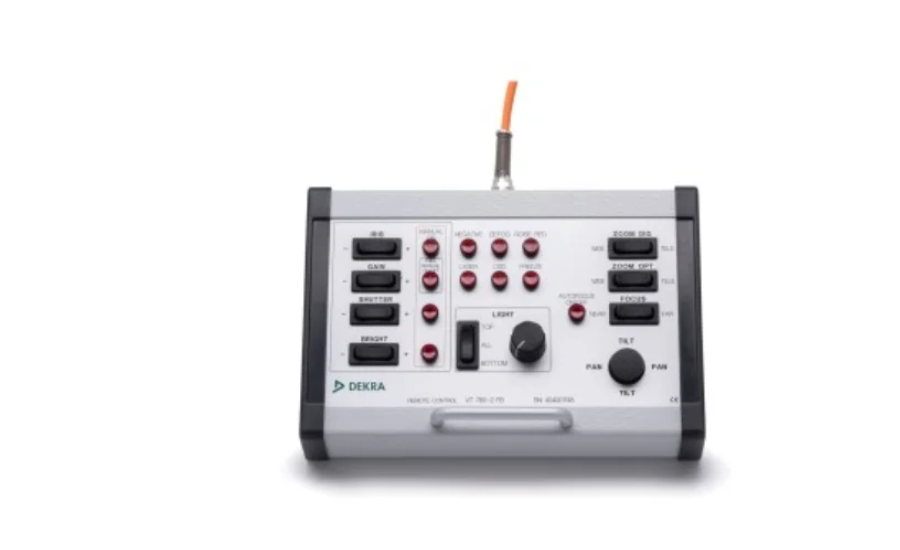
FAQs
Q1: What is pitting, and why is it important to detect it early?
A1: Pitting refers to small, crater-like depressions that can develop on vehicle components such as brake discs and tires. Early detection is crucial because pitting can lead to significant safety hazards, like brake failure or tire blowouts, if not addressed promptly. Identifying pitting early allows for timely repairs, preventing more severe damage and ensuring vehicle safety.
Q2: How does the DEKRA VT1000 work?
A2: The DEKRA VT1000 uses high-resolution cameras and sophisticated sensors to thoroughly scan vehicle components. It captures detailed images of surfaces, detects signs of pitting, and analyzes the images using specialized software. A comprehensive report is then generated to guide maintenance decisions.
Q3: What are the common causes of pitting in vehicles?
A3: Common causes of pitting include corrosion from moisture and road salt, excessive heat from braking, and debris impact that scratches surfaces. Additionally, aging of components and inadequate maintenance contribute to the development of pitting.
Q4: What are the benefits of using the DEKRA VT1000?
A4: Benefits include enhanced safety by detecting early signs of pitting, cost-effective maintenance by preventing severe damage, time efficiency through quick inspections, and compliance with safety regulations. The VT1000 helps maintain vehicle performance and reduces long-term maintenance costs.
Q5: How often should the DEKRA VT1000 be used for inspections?
A5: The frequency of inspections depends on the vehicle’s usage and operating conditions. For commercial fleets and high-performance vehicles, regular inspections (e.g., every few months) are recommended. For personal vehicles, periodic checks aligned with routine maintenance schedules are advisable.
Conclusion
The DEKRA VT1000 represents a significant advancement in vehicle inspection technology, offering high-resolution pitting images that enhance the ability to detect early-stage wear and damage. Understanding and utilizing this tool can have a profound impact on vehicle safety, performance, and cost-efficiency. By providing detailed insights into critical components like brakes and tires, the DEKRA VT1000 helps prevent serious safety hazards, reduce long-term maintenance costs, and ensure compliance with safety regulations.
Implementing regular inspections with the DEKRA VT1000, combined with proactive maintenance practices, allows vehicle owners and fleet managers to address pitting issues early, thereby extending the life of vehicle components and maintaining optimal vehicle performance.
